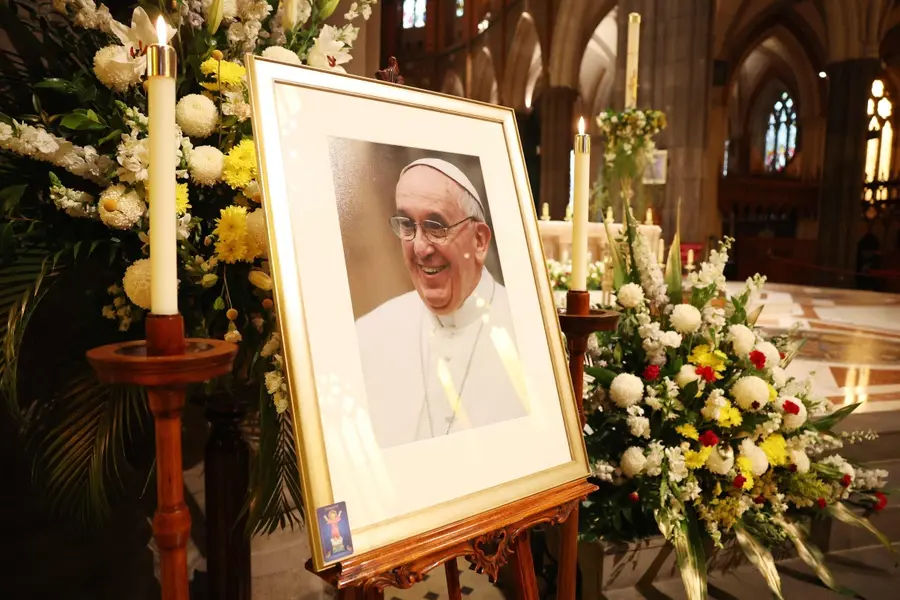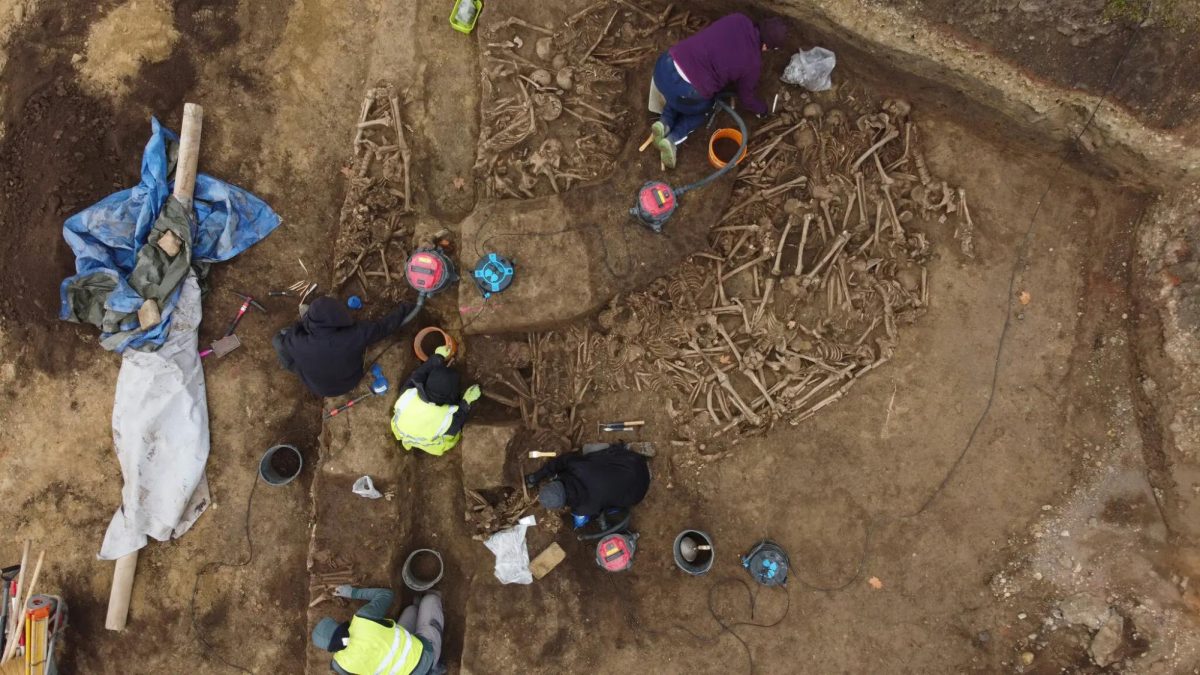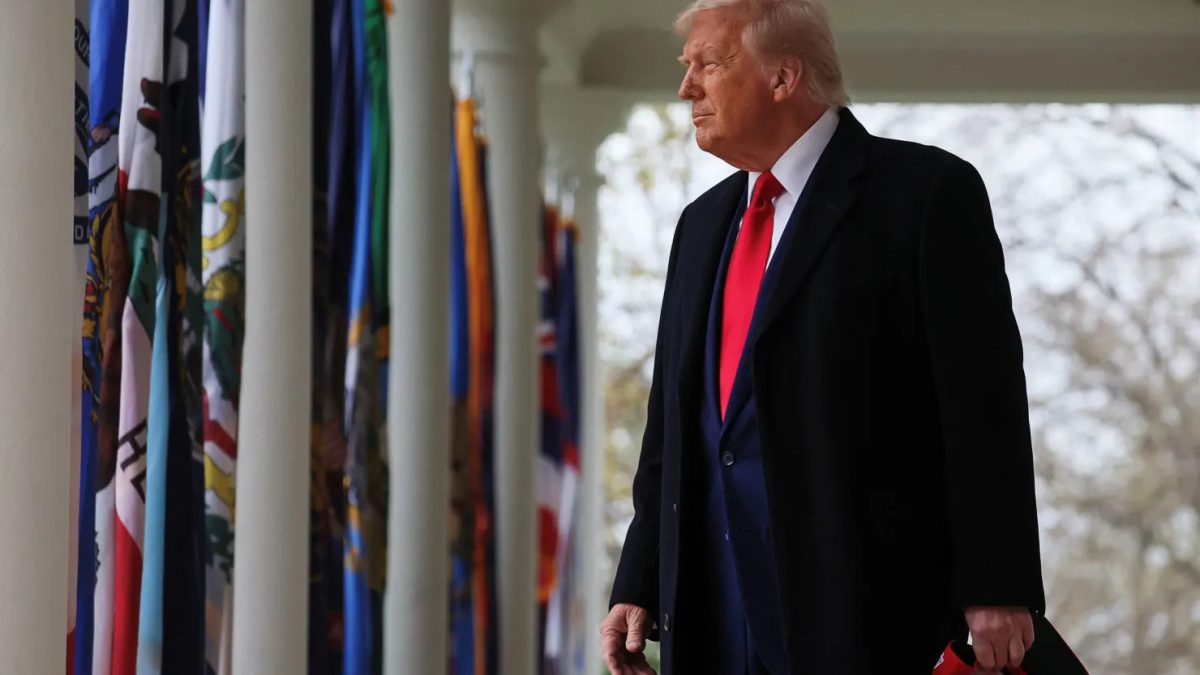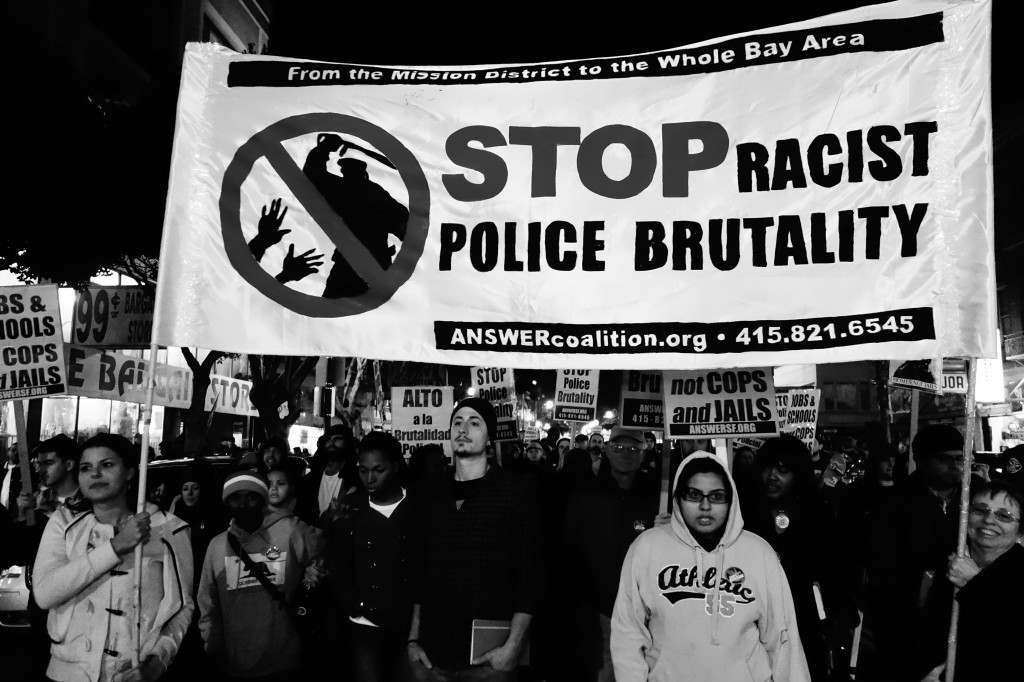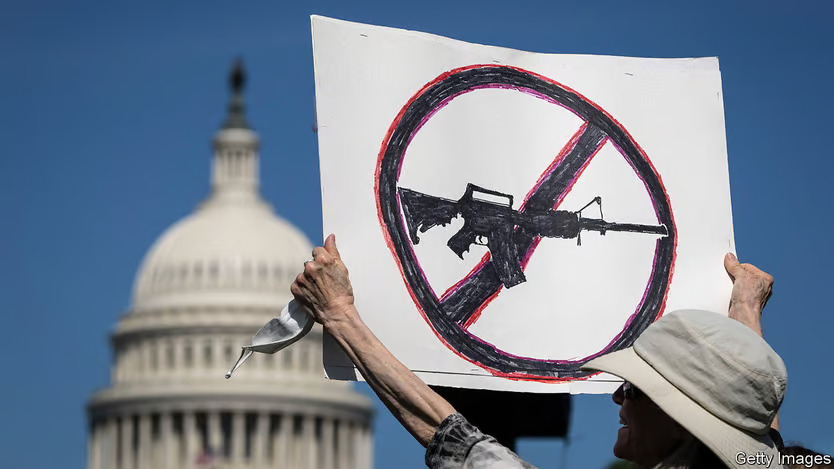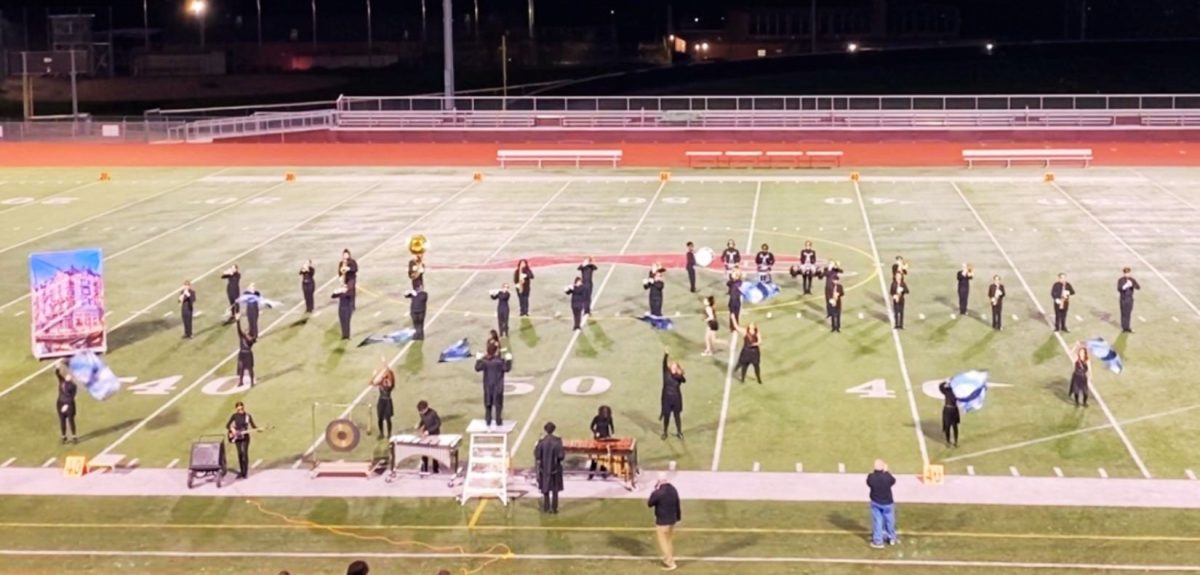Yahya Sinwar, leader of Hamas, was found in a chance encounter by the Israel Defense Forces (IDF) during a routine patrol of southern Gaza in the city of Rafah on Oct. 16.
Though some grieved his death, others now regard him as a martyr, as in Khan Younis, Sinwar’s birthplace, where people gathered in prayer inside a bombed-out mosque. Some however celebrated. Like the people of Sderot, who were attacked by Hamas terrorists and were reported to be dancing in the streets. Some even wrapping themselves in Israeli flags. Or in Tel Aviv, where the news was aired over an applauding beach and Israeli soldiers distributed candy to the audience. While some were celebrating, others argued that Israeli soldiers should use the opportunity to rescue hostages. With such a range of reactions to Sinwar’s death, one question stays at the center of all discussions: is this the end of the war?
The CIA has been working closely with Israeli forces to identify the ‘mastermind’ behind Hamas strikes but has been unsuccessful. Israeli forces discovered Sinwar by mistake, since he had been strategically hiding in the numerous underground tunnels around Gaza. By remaining underground, he escaped electronic surveillance, and by relaying messages to his generals using paper letters rather than technical contact, he managed to escape capture for the whole period. However, this delayed the implementation of Hamas plans because messages might not arrive for days, if not weeks. According to the CIA, Sinwar was also at odds with his own military leaders about whether to accept a ceasefire and end the war with Israel last summer.
This gets us to Tuesday, after Israel’s tactical successes over Hamas, in Tel Aviv, US Secretary of State Anthony Blinkin pushes Israel and Hamas to reach an agreement for a truce to end the war and return the dozens of hostages. However, there appeared to be no progress in making this a reality when Blinkin met with key Israeli officials, including Prime Minister Benjamin Netanyahu. As Hamas demands a permanent withdrawal of Israeli forces and the release of Palestinian captives, Israel restricts access to humanitarian aid in Gaza as they prepare for another assault in the north. The UN humanitarian office has said that Israel has fiercely denied relief activities since their attack in Jabaliya, a densely populated urban refugee camp located in northern Gaza. The UN estimates that over 60,000 Palestinians have fled to Gaza City from Jabaliya as part of the series’ most recent mass displacements. The majority of people were ordered to flee to southern Gaza early in the battle, although 400,000 remained.
This comes a day after US Secretary of State Anthony Blinken said Israel’s goals had been reached and urged both sides to continue negotiating. On October 25, Israel’s most recent airstrike killed 38 Palestinians in Gaza and three journalists in Lebanon.On the same day, Israel launched attacks on guesthouses where journalists were staying in south Lebanon, killing three media staff members who worked for news outlets believed to be affiliated with Lebanon’s Hezbollah militia and its backer Iran.The Israeli army did not disclose its strike, nor did it quickly respond to the air strike. It is alleged that this is simply one of Israel’s many accounts of violence against the media, all under the apparent premise that these reporters were working against them. Thus, Lebanese politicians have charged Israel of war crimes and deliberate attacks against journalists.
Unfortunately for many, Sinwar’s death did not bring an end to the Middle East’s ongoing turmoil. And, according to reports, Israel is now focusing more attacks on Iran’s military bases, while its siege of Gaza continues.

